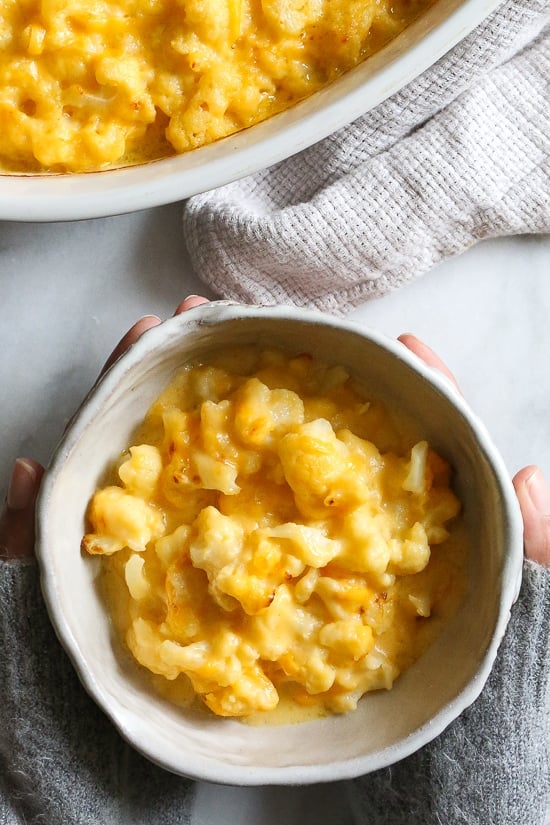

Transfer the dish to a large rimmed baking sheet to catch any spills and sprinkle the Parmigiano evenly over the top. Stir in the reserved cheese sauce, then transfer to a 9-by-13-inch baking dish. Once cooled, strain the pasta again and return it to the stockpot. Set a large colander in the sink, strain the pasta, then transfer immediately to the ice water bath. Meanwhile, fill a large bowl halfway with ice water and place it by the sink. Season the water generously with salt, then stir in the pasta and cook, stirring frequently, until just barely tender about 4 minutes.
YOUNG CHEESES FOR MACARONI AND CHEESE FULL
Fill a large stockpot two thirds of the way full with water and bring to a boil over high heat. Preheat the oven (with one of its racks positioned in the center) to 475✯. Famous hard cheeses, like Parmigiano-Reggiano and Pecorino Romano, may contain as little as 30 percent water after several years of aging. The longer a cheese is aged, the more moisture it loses, and the harder it becomes. Set aside at room temperature while you boil the pasta. Young cheeses like jack, young cheddars, and mozzarella have a relatively high water contentup to 80 percent. Remove from the heat, season to taste with salt, then cover the surface of the sauce with a sheet of plastic wrap to prevent the formation of a skin. Turn the heat to low and begin slowly adding the fontina, gouda, and Gruyère cheeses, stirring frequently, until completely melted and incorporated. Once all of the milk has been added, turn the heat up to medium-high, bring to a full boil, then turn the heat back down to maintain a simmer and cook, stirring continuously, and until the sauce has thickened, about 5 minutes more. Slowly begin whisking the infused milk into the roux a little bit at a time. Cook the roux, stirring continuously, until it smells slightly toasty and is just begining to stick to the bottom of the pot, about 5 minutes. When the foam begins to subside, whisk in the flour. Rinse out the pot then set it over medium-low heat and add the butter. Set a fine mesh sieve over a large bowl, then strain the infused milk into it, discarding any solids. Grate Your Own Cheese for the Best Results Choosing the Perfect Cheese 1. Bring to a simmer, then immediately remove from the heat. This explains why goat and sheep milk cheeses, which have smaller fat particles, are often easier to digest, despite the fact that the fresh milk from both animals has roughly the same amount of lactose as that from cows.To a medium pot over low heat, add the milk, onion, black pepper, nutmeg, and cloves. But cow’s milk does have large, difficult-to-digest fat globules that remain in the cheese, which supposedly are the real source of stomach discomfort. Even fresh cheeses contain only a fraction of the lactose that’s present in milk.

The curdling process converts a good deal of milk’s lactose into lactic acid, while whey, the leftover liquid, washes much of the remaining lactose away. There is another theory, however, that it’s not the lactose but the fat in cheese that makes certain varieties difficult to digest.

Younger, moister, softer cheeses that are aged for only a short amount of time (such as brie), fresh cheeses (like mozzarella and feta), and processed cheeses (hello, Velveeta) have higher levels of lactose, thus they are more likely to produce unpleasant effects. Going by this assumption, hard, extra-aged cheeses - your Parmesans, cheddars, and Swiss-style cheeses - are a safe bet if you’re lactose intolerant (and as a bonus, aging also brings delicious complexity). Eventually, the lactose levels dip low enough that the cheese can be eaten by someone with lactose intolerance with little or no adverse effects. The longer the bacteria are left to do their thing, the lower the amount of lactose in the cheese. During the cheesemaking process, lactobacilli cultures are introduced to milk, converting the lactose into lactic acid, a substance that is easily digested by all humans. One theory holds that aged cheeses have less lactose and therefore are less likely to induce symptoms. Leave the melting, gooey dishes to younger cheeses aged cheddar has earned the right to stand on its own with breads, pastas, and the big flavors of a.


 0 kommentar(er)
0 kommentar(er)
